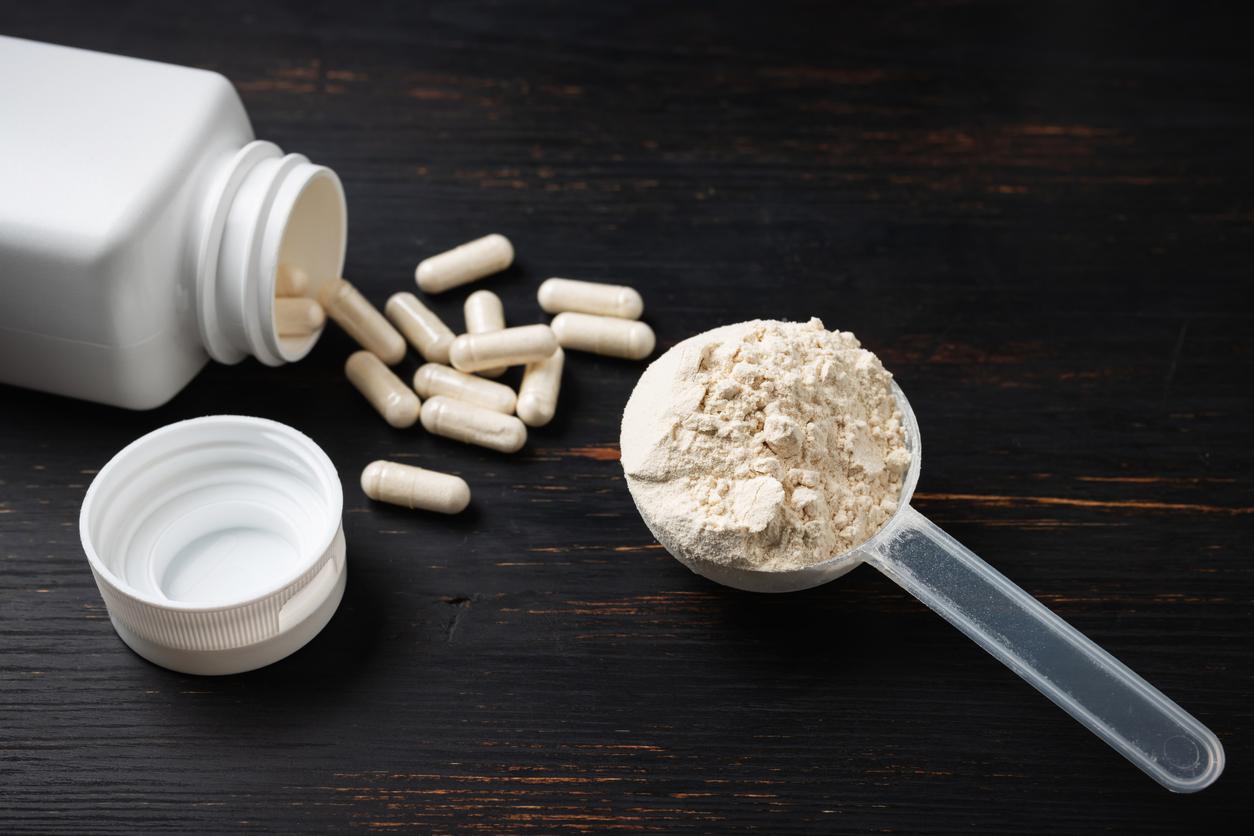A potential antibiotic-sparing strategy for women with recurrent urinary tract infections (rUTIs) failed to move the needle in a randomized controlled trial, British researchers reported yesterday in JAMA Internal Medicine.
The food supplement D-mannose is a simple sugar found in many fruits and vegetables that has shown potential efficacy in preventing UTIs in animal models and some clinical studies. Researchers have suspected D-mannose might work by preventing bacteria from adhering to the walls of the urinary tract and could be an alternative to daily prophylactic (preventive) antibiotics, a common approach that comes with the risk of adverse effects and subsequent drug-resistant UTIs.
The over-the-counter supplement is one of several approaches that researchers have considered for reducing an infection that affects nearly half of all women—25% of whom go on to have recurrent infections—and is a significant driver of antibiotic use.
But in a trial conducted at primary care centers in the United Kingdom, researchers found that, compared with placebo, daily intake of the supplement over 6 months failed to reduce the proportion of women who had a history of rUTIs from experiencing a subsequent UTI enough to warrant recommending it.
No significant reduction in subsequent UTIs
For the trial, a team led by investigators from Oxford University enrolled women 18 and older from 99 primary care centers who had consulted clinicians for at least two UTIs in the preceding 6 months or three in 12 months. The participants were randomized to receive either 2 grams of D-mannose powder or 2 grams of a placebo powder.
The primary outcome was the proportion of women experiencing at least one further episode of clinically suspected UTI for which they contacted ambulatory care within 6 months of randomization. The patient advisory panel suggested that evidence of at least a 50% reduction in the chance of a subsequent UTI would be needed to recommend daily prophylaxis. Secondary outcomes included symptom duration, antibiotic use, time to next medically attended UTI, number of suspected UTIs, and UTI-related hospital admissions.
Of the 598 women who were eligible for inclusion (mean age, 58 years), 303 were included in the D-mannose group and 295 in the placebo group. Primary outcome data were available for 583 participants. Of 294 women in the D-mannose group, 150 (51%) contacted ambulatory care with a suspected UTI, compared with 161 (55.7%) of 289 in the placebo group (relative risk, 0.92; 95% confidence interval [CI], 0.80 to 1.05; unadjusted risk difference, –5%; 95% CI, –13% to 3%).
The proportions were similar in sensitivity and subgroup analyses. No statistically significant differences were found in any of the secondary outcomes.
"Daily d-mannose should not be recommended to prevent future episodes of clinically suspected UTI in women with rUTI in primary care," the study authors concluded.
Suspected vs actual infections
In an accompanying commentary, Eva Raphael, MD, MPH, and Alison Huang, MD, MAS, of the University of California, San Francisco, say the trial may be limited by how the investigators defined clinically suspected rUTI. They note that many of the patients with clinically suspected rUTIs didn't undergo urine culture for confirmation of an infection, and only one third of suspected cases were microbiologically confirmed.
"Many of these suspected UTI episodes may not have represented true UTIs, given that patients with a history of previous UTIs are sometimes inclined to suspect recurrence on the basis of vague or nonspecific symptoms that do not have clinical predictive value for acute infection," they wrote.
Still, they say the trial was well-designed and the findings provide "compelling new data" that challenge recommendations for using D-mannose to prevent rUTIs.
"[The] Findings highlight the need for continued investigation into optimal diagnostic and antibiotic-sparing treatment approaches for one of the most common and challenging outpatient infectious disease syndromes," they concluded.























